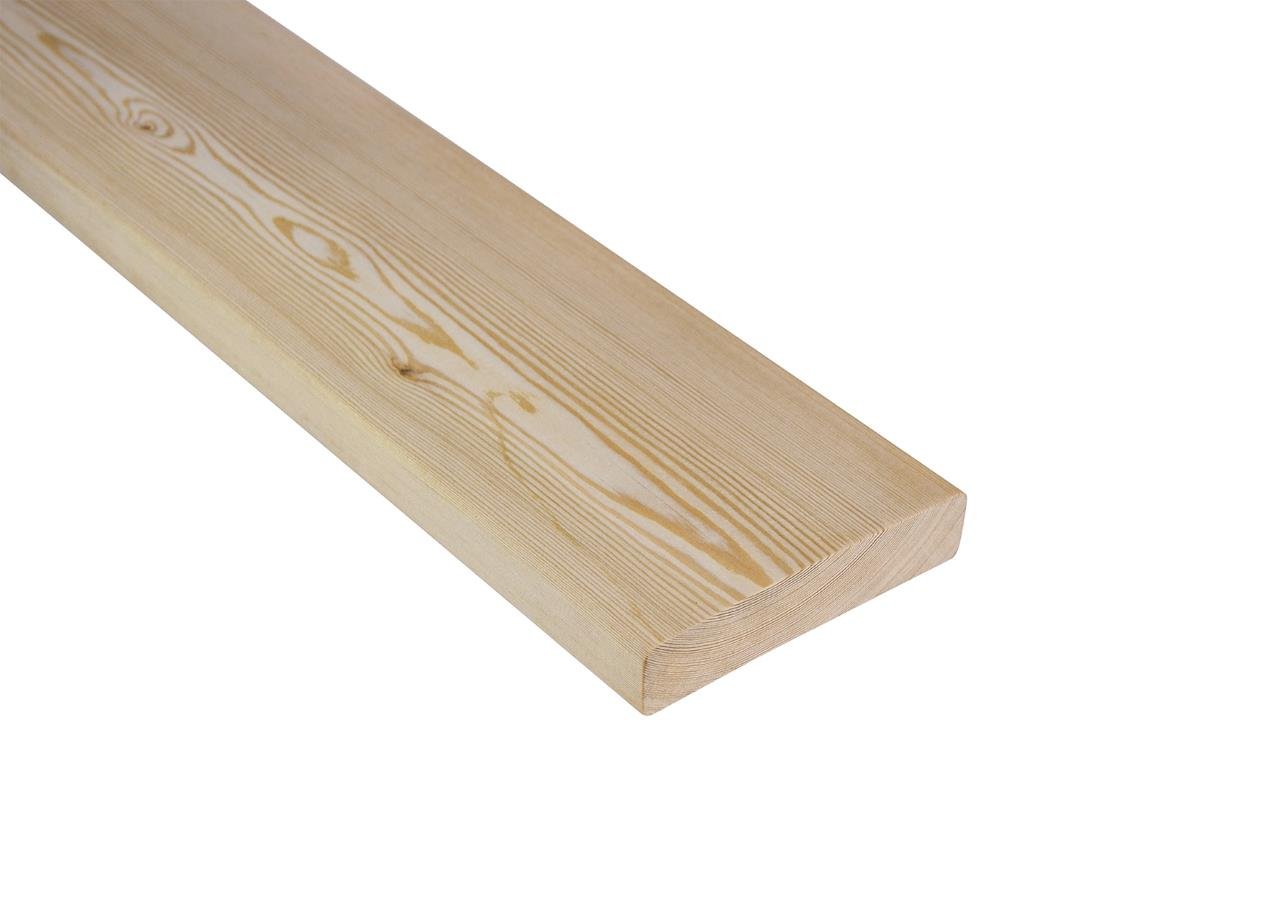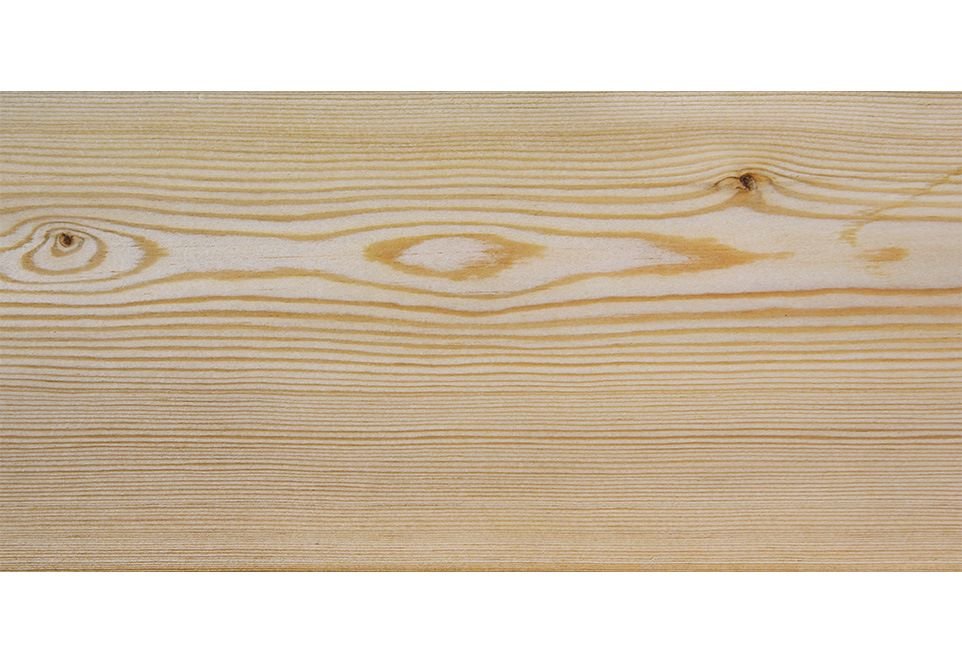| Dimensions | 27 x 140, 27 x 142, 27 x 145, 28 x 120, 28 x 140, 28 x 142, 28 x 145 mm |
| Profile | Smooth / Smooth, Reeded / Grooved, Reeded / Reeded |
| Grade | AB |
| Wood density | approx. 650 kg/m3 |
| Kiln-dried | 16-18% |

The area of the West Siberian lowlands, in a broader sense, also extends into Middle Europe. In the Russian Federation alone, especially in Siberia, Larch forests occupy about 38% of the forests there. Siberian Larch grows almost from sea level up to 2250 m above sea level. It rises highest in the Altai (up to 3700 m above sea level)
Siberian Larch is one of the hardest softwoods. Siberian larch decking is quite durable and sturdy. It has strong fungi resistance properties.
Larch is one of the demanded woods providing beautiful texture and long-lasting shine. It has high density, which makes it perfectly suited for external decking.
Siberian Larch decking has color tones from pale reddish-brown to golden brown. When weathered, the color will be a subtle gray. With tight annual rings and a planned smooth profile, straight-grained gives an attractive, contemporary look.
Larch wood decking is also favorable as it is not vulnerable to scrapes, scratches or knocks. Siberian larch decking price is also affordable.

If you decide to treat Siberian Larch, we recommend OSMO Terrace oils in the selected color shade, (transparent coating is not recommended due to meagre resistance to UV radiation).
If you choose not to finish the deck, sunlight and water will create a gray patina. Graying occurs due to sunlight and water. The essential component of radiation that affects the graying of wood is UV radiation. Wood molecules absorb this radiation, and when exposed to water, a gray patina forms on the surface and into the depths of the wood. This gray patina will eventually become natural protection against further exposure to UV radiation.
|
27 x 140 mm - Smooth/Smooth 28 x 120 mm - Smooth/Smooth 28 x 140 mm - Smooth/Smooth 28 x 142 mm - Smooth/Smooth 28 x 145 mm - Smooth/Smooth |
 |
|
27 x 142mm - Reeded/Grooved 27 x 145mm - Reeded/Grooved 27 x 145mm - Reeded/Grooved |
 |
|
27 x 142mm - Reeded/Reeded 27 x 145mm - Reeded/Reeded 28 x 142mm - Reeded/Reeded 28 x 145mm - Reeded/Reeded |
 |